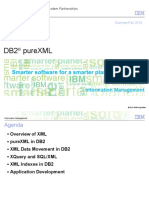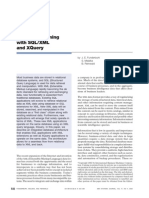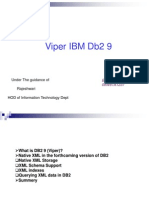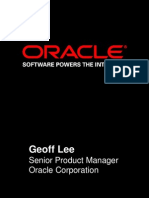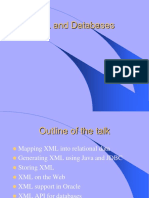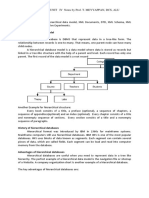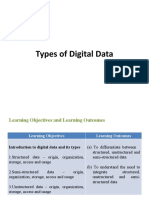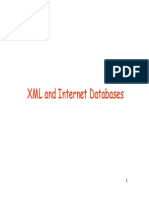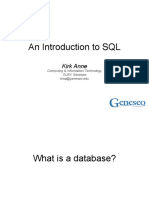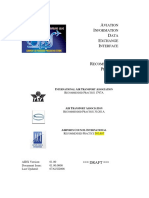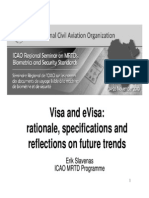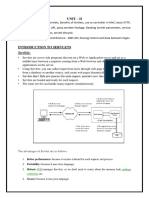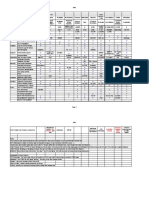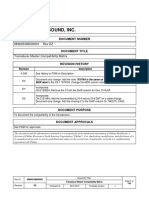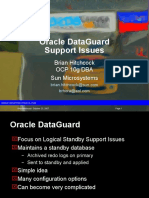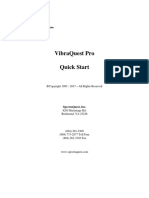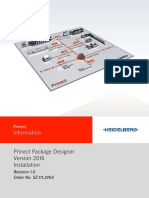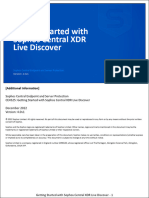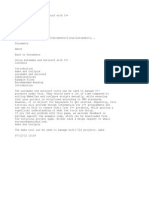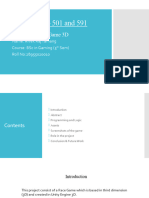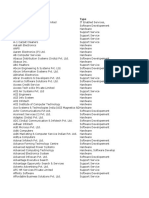0% found this document useful (0 votes)
68 views26 pagesWhen To Store Data As XML ?: Philip Nelson Lloyds Banking Group PLC
This document discusses when data should be stored as XML rather than in a relational database. It outlines several situations where XML may be better suited, including when data structures are volatile, data is naturally hierarchical, objects need to be stored as complete business entities, attributes are sparse, or data needs to be exchanged. The document traces the history and development of XML, from its origins in data interchange to its maturation as a format for storing data natively in databases using technologies like pureXML. Storing XML natively provides benefits like faster storage and access, direct updates, and easier construction and shredding of XML documents. The key is choosing the right format based on the data's characteristics and storage needs.
Uploaded by
chakri.unguturu2543Copyright
© © All Rights Reserved
We take content rights seriously. If you suspect this is your content, claim it here.
Available Formats
Download as PDF, TXT or read online on Scribd
0% found this document useful (0 votes)
68 views26 pagesWhen To Store Data As XML ?: Philip Nelson Lloyds Banking Group PLC
This document discusses when data should be stored as XML rather than in a relational database. It outlines several situations where XML may be better suited, including when data structures are volatile, data is naturally hierarchical, objects need to be stored as complete business entities, attributes are sparse, or data needs to be exchanged. The document traces the history and development of XML, from its origins in data interchange to its maturation as a format for storing data natively in databases using technologies like pureXML. Storing XML natively provides benefits like faster storage and access, direct updates, and easier construction and shredding of XML documents. The key is choosing the right format based on the data's characteristics and storage needs.
Uploaded by
chakri.unguturu2543Copyright
© © All Rights Reserved
We take content rights seriously. If you suspect this is your content, claim it here.
Available Formats
Download as PDF, TXT or read online on Scribd
/ 26


